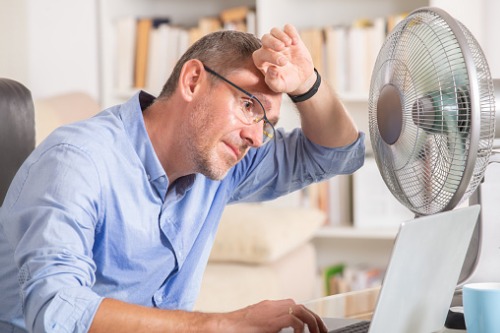
'Employers should be carefully considering and planning for job rotation and regular rest breaks'

Soaring temperatures across Australia have seen some regions reach close to 50C.
Consequently, it’s important for employers to have plans in place to prevent staff suffering when working in the heat.
The consequences of not addressing heat stress include reduced concentration, judgment and reaction time, causing a potential increase in the risk of worker injury, according to senior employment relations adviser, Employsure, Isabella Zamorano.
These concerns are particularly relevant for those who work outdoors and in other hot environments, such as tradies, building and construction workers, farming workers, postal workers, taxi, bus and truck drivers, and manufacturing workers.
“Employers need to be proactive and make plans to protect their workers from the risks of working in the heat. They are required to ensure that workers who are exposed to extreme temperatures can carry out their work without risk to their health and safety,” she said.
Zamorano added it is also important to train workers that frequently work in extreme temperatures on how to recognise the symptoms of heat-related illnesses (such as dizziness, general weakness, collapse and heat stroke) and appropriate first aid.
So, how can HR minimise the risks during the heatwave?
It’s important to postpone or reschedule tasks to cooler parts of the day, such as early morning or late afternoon and relocate work to cooler areas, according to Zamorano.
“Employers should be carefully considering and planning for job rotation and regular rest breaks,” said Zamorano.
“It’s also a good idea to ensure workers wear adequate sun protection in all outdoor conditions, providing clean and cool drinking water.
“Keep an eye out for each other during this record heatwave.”
Moreover, common heat related illnesses to watch out for include: